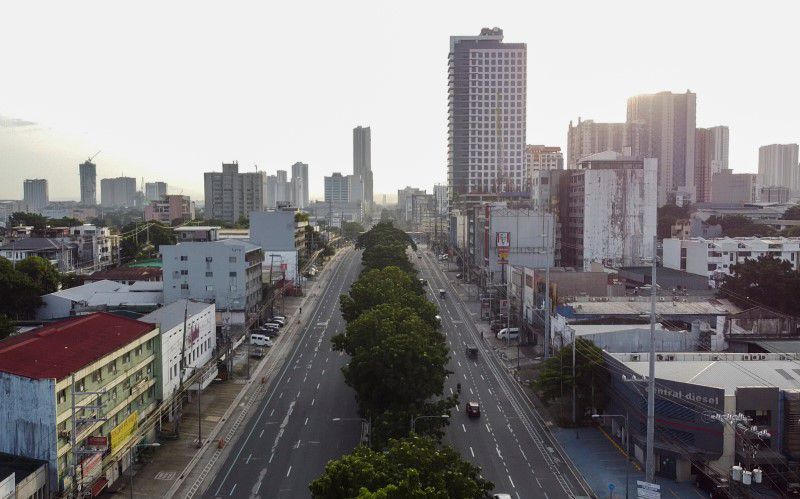METRO Manila may go back to “moderate” risk classification this month if the increasing number of coronavirus disease (COVID-19) cases continues, the independent OCTA Research reported.
In a television interview, OCTA fellow Guido David said their forecast shows the escalation of the risk classification in the National Capital Region (NCR) from “low” to moderate risk classification in a week or two because “we are seeing upticks every week.”

QUOTABLE QUOTES: OCTA fellow Guido David
“The increase has not been that large yet, but it’s the trend, it’s the pattern,”
David also mentioned that new cases in Metro Manila are projected to rise between 300 to 400 per day by the end of June. In fact, David has observed per data, we have been seeing increase in cases for four weeks now since early May. What this means is that it is not yet slowing down.
An average number of COVID-19 cases in Metro Manila increased by 31 percent, or from 88 to 115 during the last week. Similarly, the reproduction number in the region saw a rise from 1.21 to 1.49, while the positivity rate went up from 2.4 percent from 1.5 percent.
On the other hand, OCTA noted how the region’s healthcare utilization rate slightly increased from 21 percent from the previous week to 23 percent this week.
It was in late April when the risk classification of NCR escalated from “very low” to low.
In the weekly report of the Department of Health (DOH) issued yesterday, the number of new COVID-19 cases reported daily over the past seven days zoomed to 240 for the period of June 6 to 12, or a total of 1,682 infections. This is 30.4 percent higher than cases reported from May 30 to June 5.

Rising numbers on COVID cases have been monitored all around the metro. There were eight additional severe and critical case during the past week, and five reported deaths. The DOH also reported that there are currently 498 severe and critical cases in the country as of June 12. Of the total severe and critical cases, the report showed that 345 of them are occupying ICU beds, which account for 16.6 percent of the 2,078 total nationwide. On the other hand, there are 3,188 patients that are occupying COVID-19 beds, which is 20.3 percent of the 15,706 total COVID-19 beds allocated nationwide.
On Monday, reports came out that the DOH has recorded 308 new cases on Sunday, the highest number of COVID cases in almost two months, or since April 20.
The Department of Health (DOH) said it is not ruling out the possibility of raising Alert Level 2 in areas where there are increasing number of COVID-19 infections.
In a brief statement, the DOH said it is not impossible for the government to shift from Alert Level 1 to Level 2 if cases continue to its upward trend. The DOH clarifies that the possibility of escalation of the Alert Level is dependent on the metrics of our Alert Level System in accordance with the IATF Guidelines. We have to be mindful that continuing increases in the cases might lead to escalation of the Alert Level.
The DOH, however, stressed that case increase is not the sole basis in raising the Alert Level of a particular area.
“As long as the admissions and severity of cases in the hospitals do not affect our healthcare utilization rate, Alert Level 1 is still in effect,” assured the health office.
In the meantime, the DOH said such a scenario can be avoided if people will continue to observe the minimum public health standards (MPHS) and get vaccinated and boosted as soon as they are eligible.
Image Sources: Google
Sources: Malaya Busines Insight






